Visiting our Tensas river bank camp in the spring of 2019, the muddy water stretches wide through the trees on either side of the river, swollen from the rains. Looking through the newly leafed out sycamores near our porch, fish splash and turtles sun themselves on every available floating perch. White clover blossoms share their nectar with the bees while the squirrels feast on pecan tree blossoms overhead. The birds offer the background music as they join together in song, blending their different calls into a symphony of spring. Being here in the spring always reminds me of my daddy, Charlie Seth. Like Etta Mae, he always greeted the morning with a song and was fond of singing in the kitchen wearing nothing but his boxers while making coffee. He loved mornings like this in spring when the birds were singing, calling them “tweedle dee dee mornings”, and often woke us all up before daylight practicing his calls while getting ready to go turkey hunting this time of year.
As a child in the 1960s, some of my fondest memories are of our trips up the river when we would camp out, fish and swim at Fools River and explore the woods around The Brick House, swinging on the vines that hung from the towering trees.
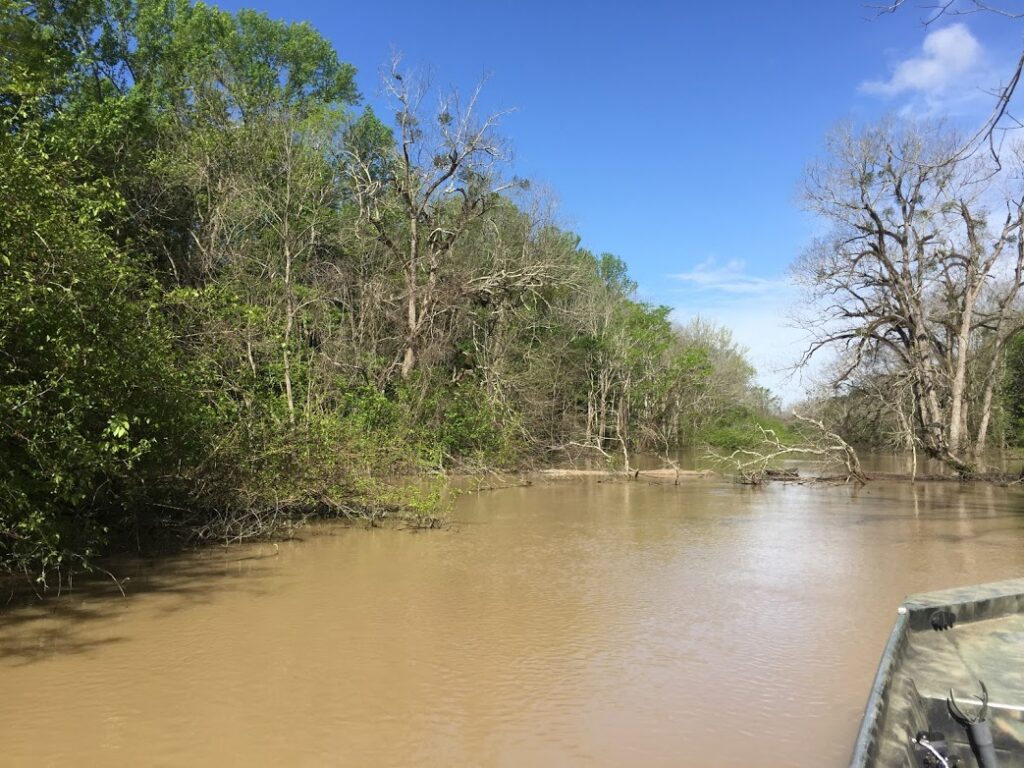
swollen Tensas River in the spring 2019
Recent spring rains have the Tensas River high upon its banks, making it easy to navigate over dead trees and debris that block it when the water level is low. Heading up river from Flowers Landing, with my brother, Kenny as the guide, our boat slices the milky water with ease, and we make good time slowing only to navigate around fallen trees or low hanging limbs. We pass more than one small gator sunning on floating logs, half hidden in the underbrush of what will be treetops when the river goes down. The camp we call McLemore’s is on the left as we slow and snake our way through the trees to the bank, where we see the chimney as soon as we reach the top of the river hill. Standing more than 50 feet tall and fifteen feet square and made of bricks fired from riverbank clay, it’s an imposing site among the towering trees rising from the palmetto floor. Although we’ve been here before and searched for our names carved into the bricks, along with countless others over the decades, we have the same feeling of awe as the first time we visited it as children.
It’s presence marks a time when many other plantations were in the area, farms with thousands of acres of rich farmland worked by slaves, and owned by wealthy families from Mississippi. Families from Port Gibson, Mississippi, which lies a few miles to the east across the Mississippi River from Somerset, were instrumental in the establishment of the town of Newellton, as described in this account by Mary Alice Fontenot and Edith Ziegler. “Newellton owes its settlement and name to a love story. Edward Drumgould Newell, merchant of Grand Gulf, Mississippi, fell in love with Celia Ann Dorsey, daughter of a wealthy planter at Port Gibson, Mississippi. Newell asked for her hand in marriage; Celia Ann was willing, but her father said an emphatic “NO”. He based his refusal on the fact that young Newell was not a land owner and therefore was socially inferior to Miss Celia Ann. The resourceful Newell went across the river and bought himself a piece of land – 10,000 acres. Newell named his place Cypress Plantation. In 1834 he married Celia Ann and took her to Cypress Plantation to live. In 1875, with two of his sons, Newell founded the town of Newellton, about 5 miles east of Cypress Plantation. “
The 1860 census lists major slave owners in Tensas Parish with the names of the plantations including those in the Newellton area such as Westwood, Shackleford, Durrossett, Winter Quarters, Routhwood, and Mabry (Somerset). Norman Frisby’s plantation names were listed as Palo Alto, Forlorn Hope, California, and Australia with 150 slaves.
The chimney was once part of the cotton gin on the Norman Frisby plantation, with ruins of his mansion more than a half mile further up the river. According to Sam Hanna’s newspaper article in The News Star in 1957, Frisby came from Mississippi about 1855 and had hopes of a great cotton empire here on the banks of the Tensas River. He owned 20,000 acres and wanted more, aspiring to build the largest cotton plantation in the south with a three story mansion that stood tall enough to see the lights of Vicksburg in one direction and the lights of Natchez in another. Constructed by his slaves, numbering more than one hundred fifty, the house was all brick standing on 32 ten foot tall pillars and measuring 100 feet square. The pillars stood on a brick floor and were tall enough to drive a buggy under. The inside was to be cypress and other wood harvested by hand from the surrounding swamps. But the mansion was never finished.(Sam Hanna The News Star)
Frisby was plagued by lawsuits and mounting debt, and ran the operation of the plantation from a smaller house on the property where he lived with his young wife, Anna and their seven children. Old stories paint him as a cruel master and capable of murder to save his gold. With Union Troops taking control of the Mississippi River at Vicksburg and moving south, Frisby reportedly put all his gold into the large silver bell that hung at the plantation, sealed it with lead and had two slaves take him deep into the swamp and help him bury it. According to most versions of the story, and the one our daddy told us as children, he then killed the slaves and buried them on top of the bell so that no one would know the location. Treasure hunters, including some in our family, have searched the brick ruins for years, and the surrounding woods, and if the treasure was ever found, it’s a well-kept secret.
None of the tales regarding the buried treasure have ever been verified as true, and in Jimmy’s book, My Family and the Tensas, he related a story told to him by an elderly preacher who was a small child living on Frisby’s plantation at the time, Reverend Mose Martin. Mose described the move from Mississippi in detail and the layout of the complex that made up the plantation. He also gave insight into the silver bell and where it came from, as well as totally disputing the story of the buried bell full of gold. Mose visited the Willhite family on Sundays when Jimmy was a boy, and over the course of time told them stories about Norman Frisby, and his brother-in-law Orlando Flowers who also had a large plantation with a steamboat landing and gin at Flowers Landing. Mose also described the knife fight between Frisby and Flowers over stray mules in a cornfield that ended in Norman Frisby’s death.
The ruins of The Brick House and the standing chimney echo a time long past, a time of stress and debt for the owners and dreams that did not come true, and a time of endless hard work for those enslaved. Thick green moss grows over the bricks while vines entwine the decaying columns, as if God is attempting to cover the sins of a generation past, and one man’s misguided efforts. Deteriorating year after year, the ruins are privately owned, but continue to be a landmark for hunters deep in the Tensas refuge. As we walk among the thousands of bricks, handmade more than 150 years ago, we can imagine how it felt to be there then. The sweltering heat, the straining of the animals and men under the heavy loads that were hauled by wagon from the kiln to the construction site. How the bell rang to signal and summon the workers, the noise of the steam powered gin, the hymns of the field hands as they worked. The place is special but haunting, representing one of the most remarkable family legends of the south, it also stands as a silent monument to what can go wrong when greed, pride and passion rule.
A couple miles further up the river we pass the entrance to Fool’s River, then across the river at McGill Bend, we slow and wind our way among the trees to get a closer look at the bank, searching for what my brother knows are there, Jim’s 1930 flatbed truck and one of his 1929 Farmall tractors with iron wheels. We make passes back and forth until we spot the outline of wheels among the weeds and vines along the bank. It’s easy to reach them now, with the river up high enough to cover most of the bank, and we can park our boat within feet of the wrecked vehicles. We use a machete to hack back the vegetation to get a closer look. The bed of the truck is separated from the cab and flipped over, but the rubber tires are intact, providing a resting place for a sleepy chicken snake that pays us no mind. An elm tree grows straight through the windshield of the cab, like a giant skewer pinning it to the earth, with a rusty fender detached and lying nearby. Looking inside we see gauges, the steering wheel, and gear shift still in place. We can imagine Jim or one of the older boys driving it, loaded with furniture and personal belongings, when they moved the family to Tensas in the winter of 1935.
The tractor sits about fifty yards from the truck, covered with saw briars and poison ivy, and it takes some effort with the machete to uncover it. Our work reveals its chassis with iron wheels, engine, and radiator attached, with the seat and steering wheel missing. The braised seams on the radiator and engine housing show evidence of long ago repairs. We spy a metal box in front of where the seat would have been, and when we dig through the three-inch layer of leaves and soil, we find spare spark plugs and nuts and bolts, now rusted with age.
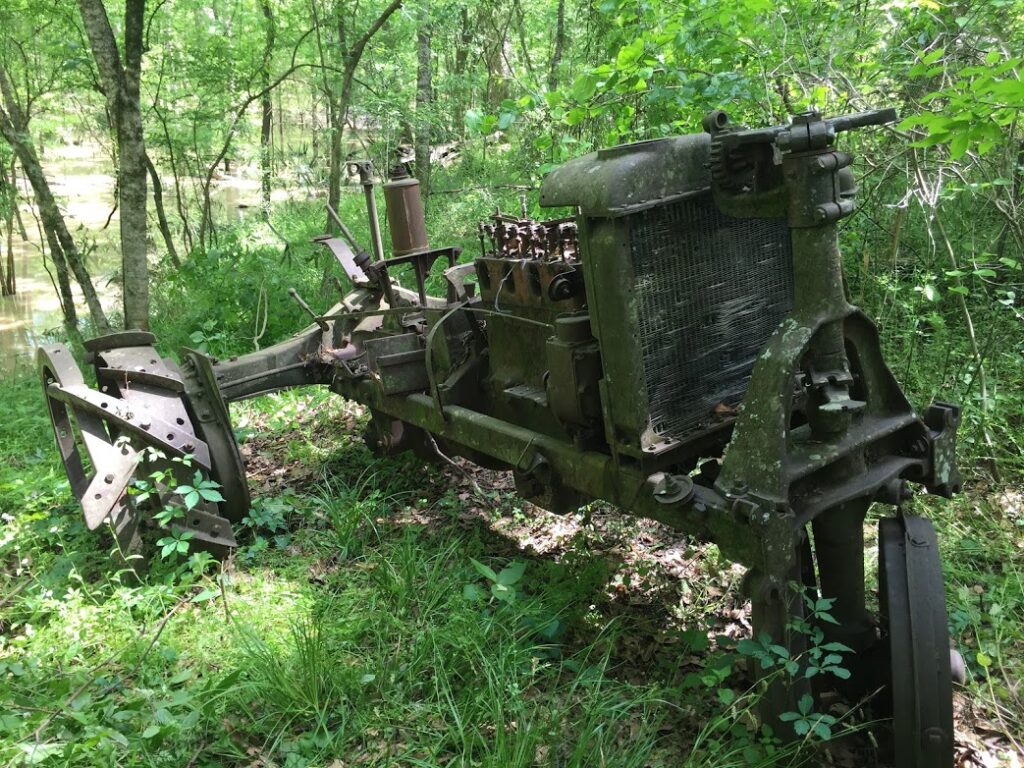
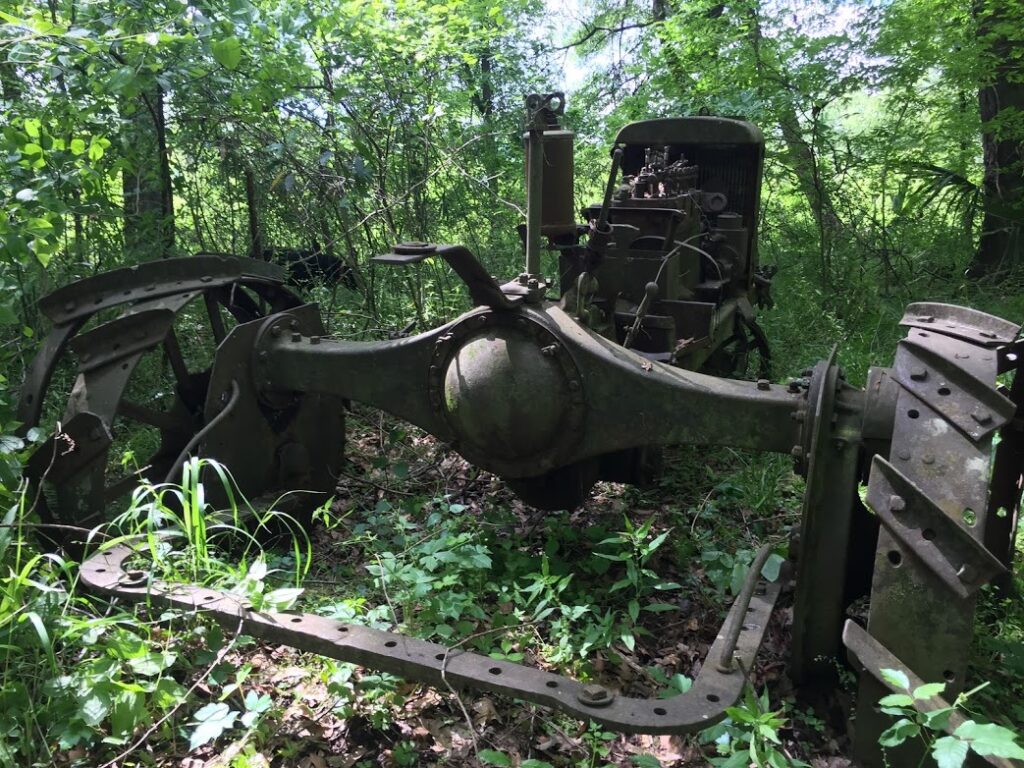
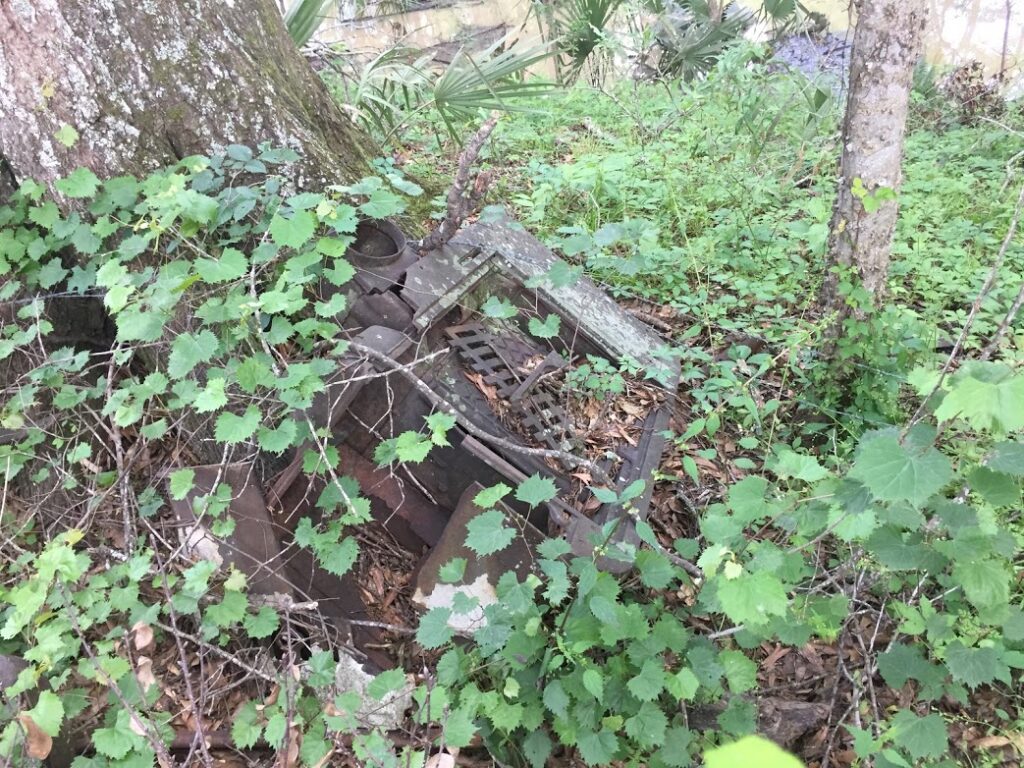
Searching further along the bank reveals more artifacts of the family’s past life. There’s part of the old house standing that was once there, and the remains of a wood stove and a kerosene refrigerator that was in the camp, first used by Jim and his boys for hunting, then later by my parents as their first home when they farmed the fields that were cleared after the black locust posts were harvested.
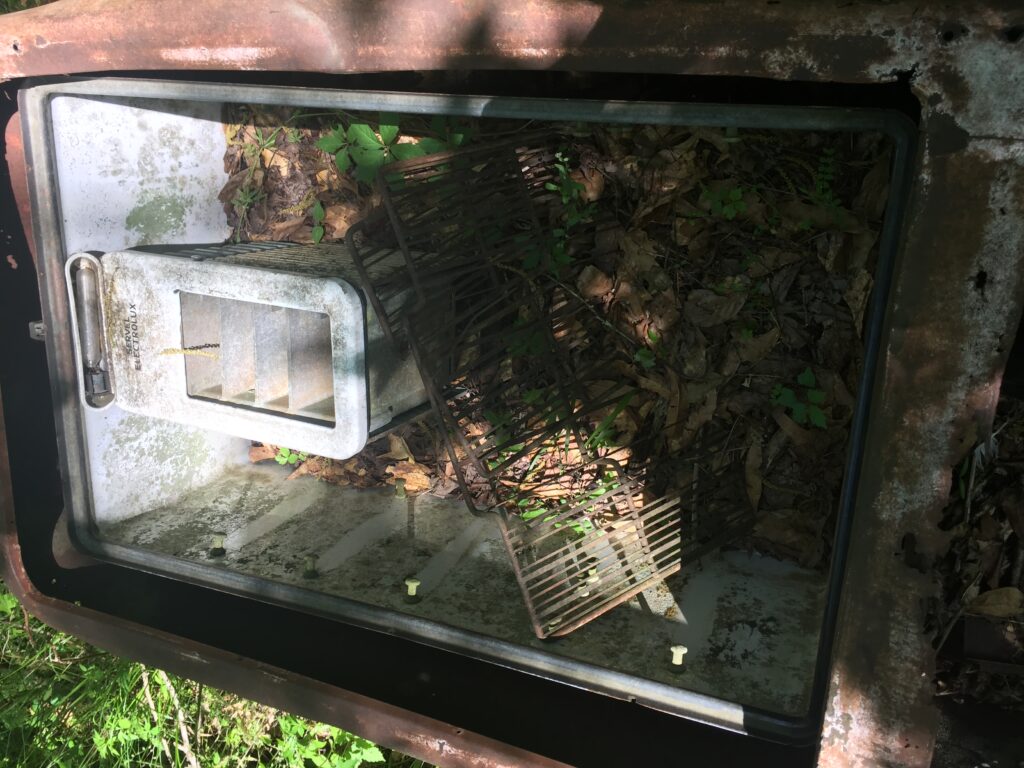
remains of kerosene refrigerator 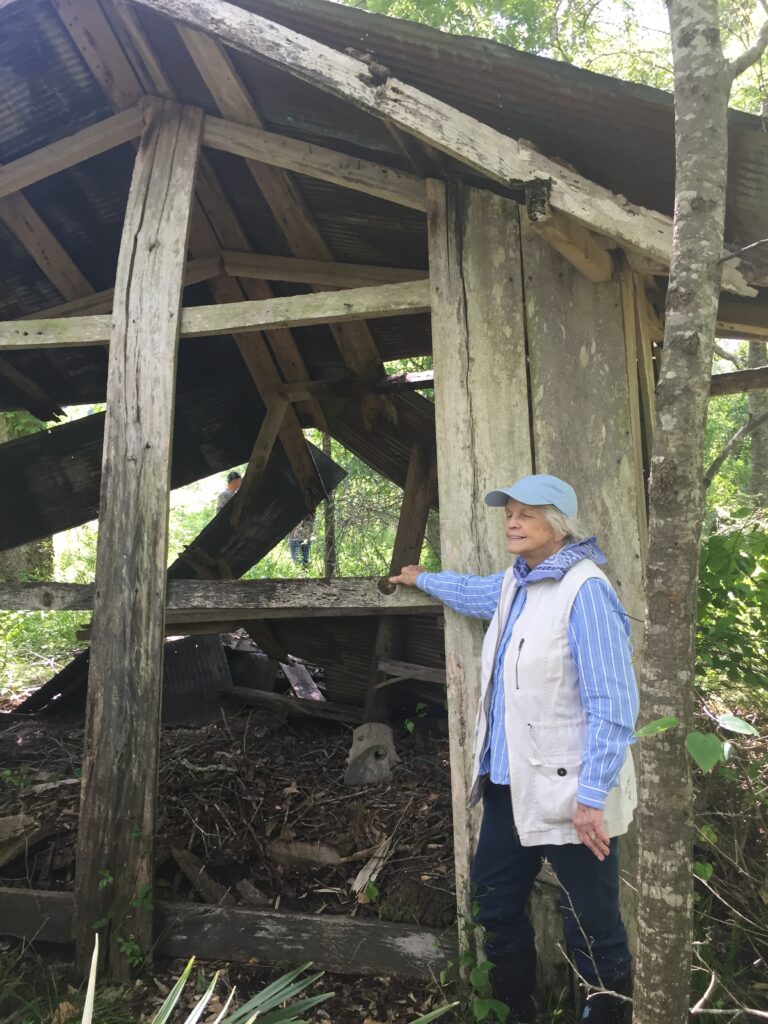
My mother, Mary Willhite, beside remains of house
Along with The Brick House chimney and mansion columns, although a century apart, this place stands as a silent reminder of work once done and lives once lived, now reclaimed by the wild.
“Come to me, all you who are weary and burdened, and I will give you rest. Take My yoke upon you and learn from Me, for I am gentle and humble in heart, and you will find rest for your souls. For My yoke is easy and My burden is light.”
matthew 11:28-30
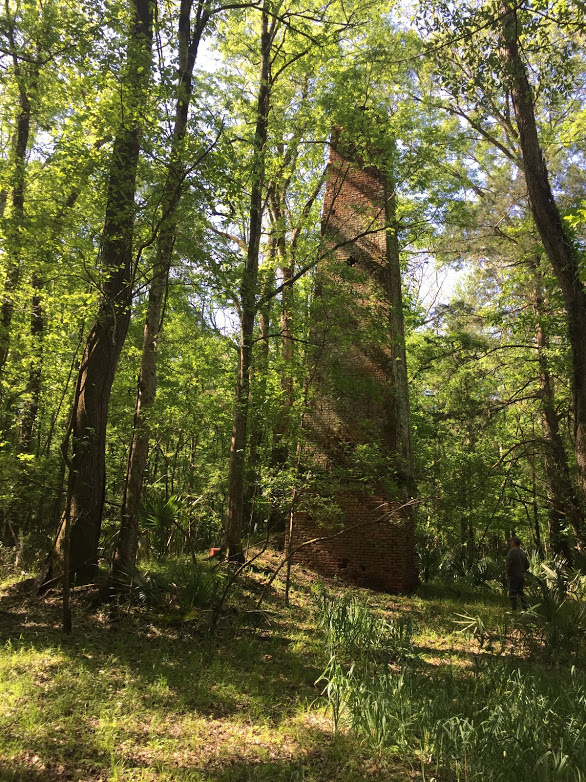
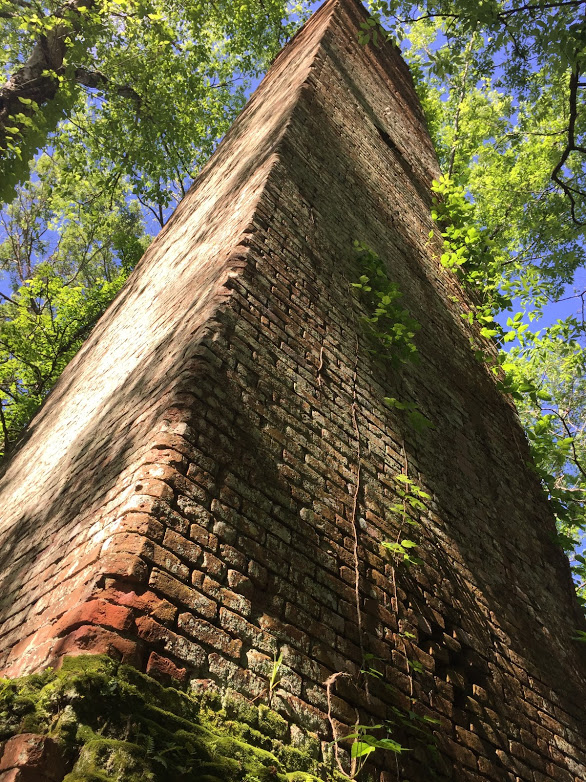
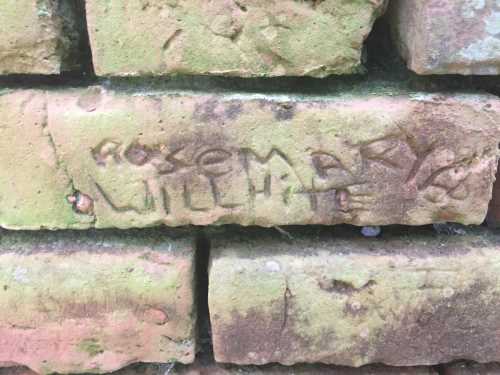
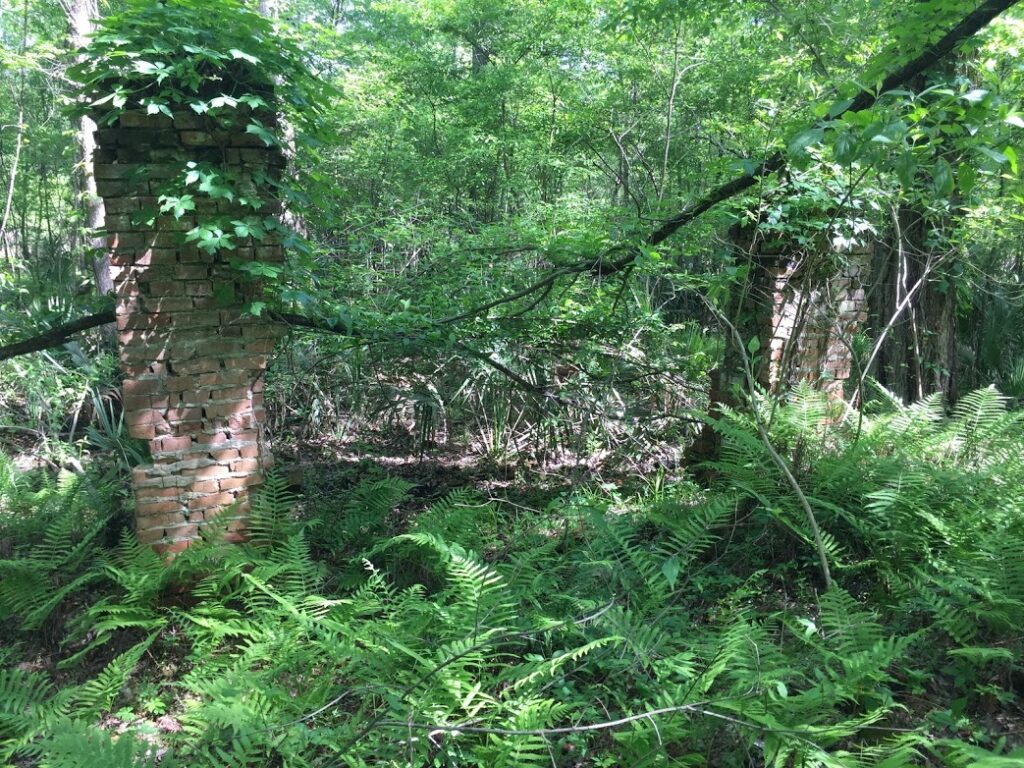

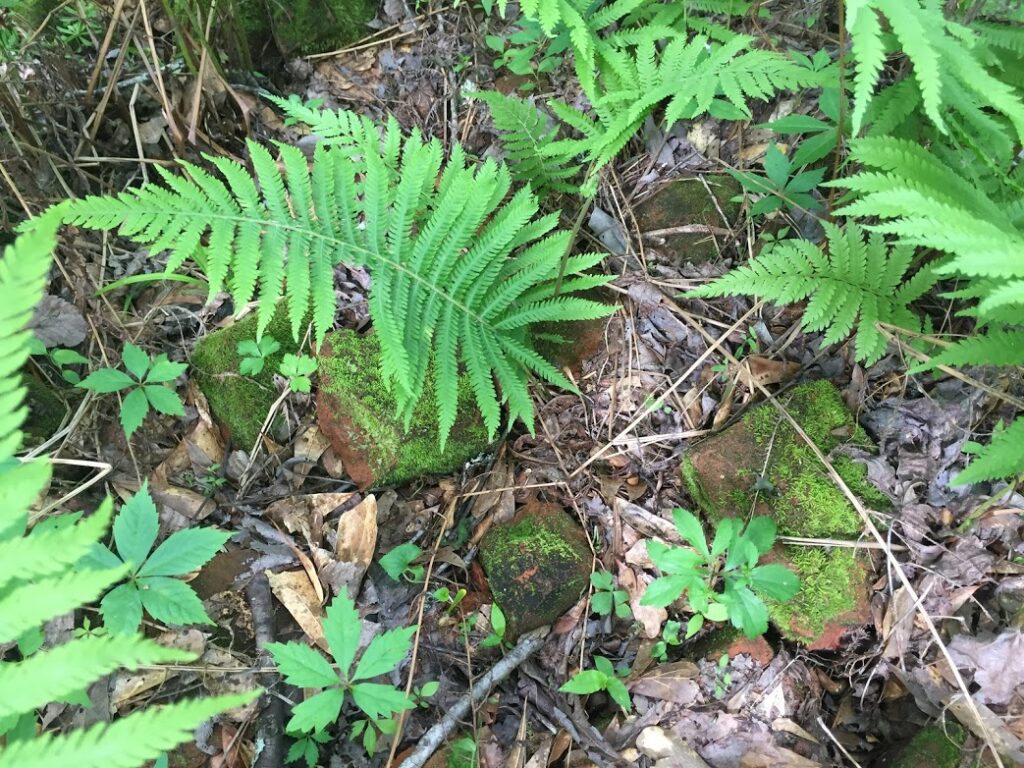
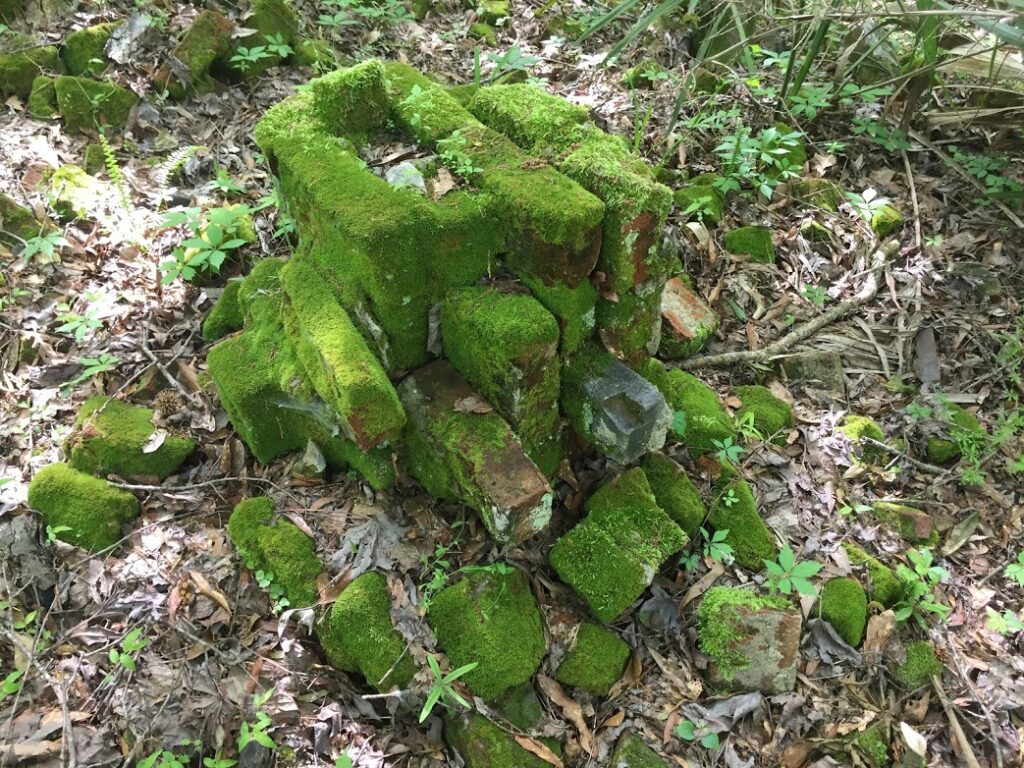

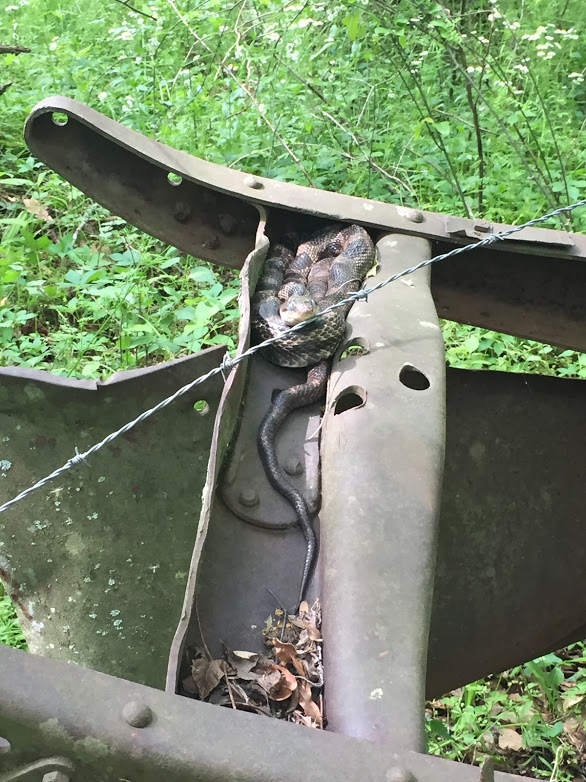
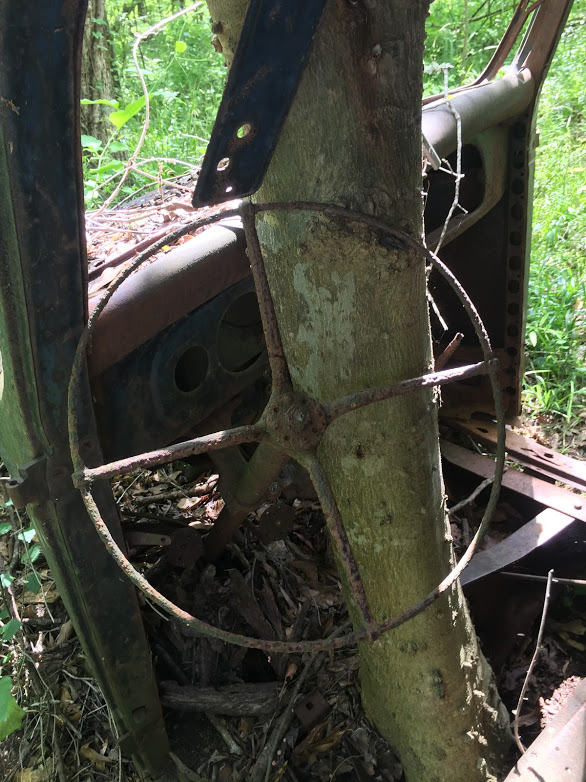

Charlie and I Spent Our First year of Married life here at Megill Bend. It was a great experience! I have Been A member of this Willhite Family since 1953 and i am learning More Things About This Family Than I ever Knew. Love this Book Rosemary♥️🥰
Love this chapter, and especially the pictures! It is amazing that all these relics of your family are still up in the woods on Tensas River! I’m sure your Mother enjoyed this trip back to her former home.
I know these old gins were powered by steam, and the wood to help provide the steam was readily available, but why were the chimneys so tall? All of them that are left, that I have seen, were very tall and the brickwork on them is pretty. It is a shame that they are disappearing so fast.
Thank you for writing down this piece of history for all of us. Many of us know our family’s history (in many cases similar to yours) but few of us ever write it down.
Could the exceptional height of old chimneys be to keep cinders from catching the woods on fire? I’m thinking the taller the chimney, the fewer the cinders that escape and float off into the surrounding woods.
Could be.